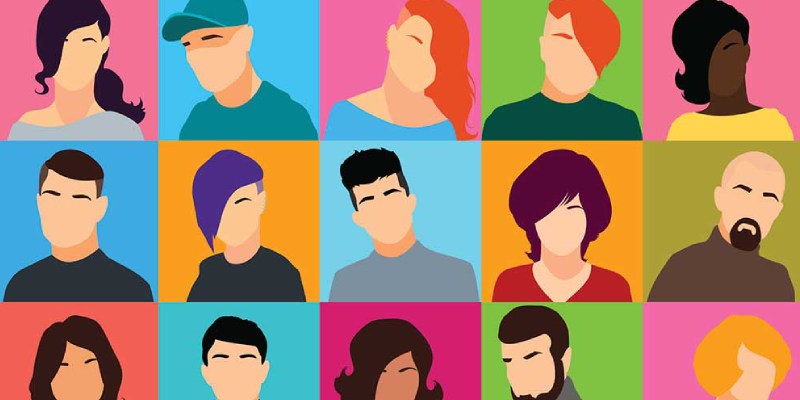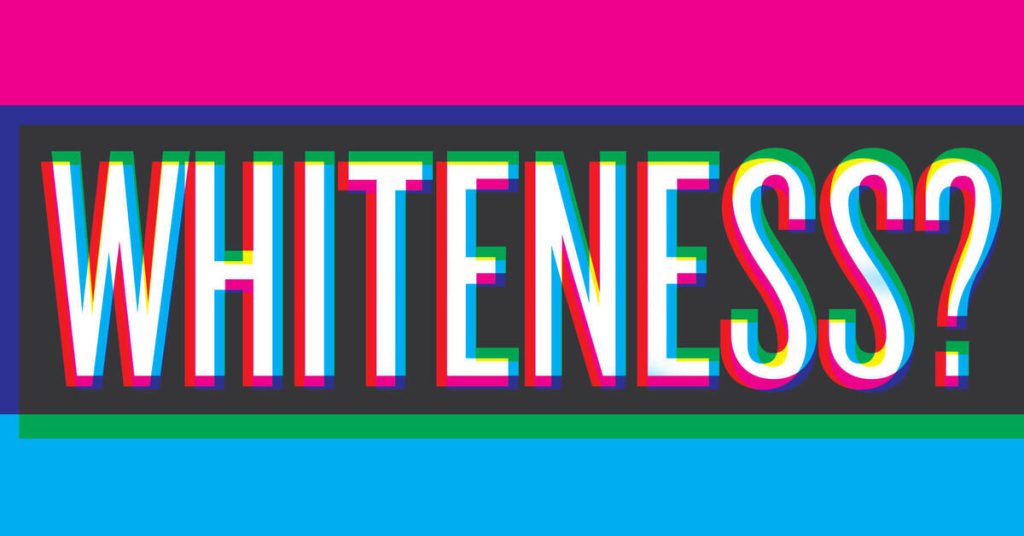
Shades of Noir (SoN) resource:
As my course has been going through reapproval this year, we have had to incorporate Social Justice as part of our teaching practice. SoN is an invaluable resource that I personally as a female Black lecturer will refer to support me in incorporating social justice to me practice. I will also direct my students to their resource and ensure that they use it as part of their academic and contemporary research. I wonder if we could add it to the reading list.
For example, the teachings of Jane Elliot are highly valuable to any students and teachers for that matter. She has a wealth of knowledge about Education and Prejudice.
“Whiteness Unconscious Bias” video.

‘If You’re aware of your (unconscious bias), then you can bring to bear all of your critical skills and intelligence…we all have the ability to control it.’ Dr Larsana Harris.
In the video, Josephine Kwali states that currently, maintaining the term unconsciousness in relation to whiteness is problematic as it does not really indicate a willingness to bring the unconscious to light and deal with it. It is somehow safe to maintain our unconscious biases, unconscious because bias is how the brain deals with the amount of information, we receive daily and maintains our daily survival. Our biases can activate our primitive and emotional brain, which can sometimes render us irrational in our behavior in response to stimuli that triggers high emotion, in this case race or racism. It is a personal responsibility that each one of us must take towards our own biases, become aware of them and consciously deals with our prejudices. (Fuller, 2020)
Review of ‘Retention and attainment in the disciplines: Art and Design’ Finnigan and Richards 2016.
I was really surprised by the percentage of the significant attainment gap of Black British Caribbean and Black British African students gaining upper degrees compared to White students in Art and Design which is 33%. What is even more interesting is the lack of data regarding students who do not achieve upper degree and those who leave without a degree.
The dichotomy between widening participation and the sense of exclusion that students of colour experience within Art and Design is another insight for me. This seems to be emphasised by the fact that culture can play a crucial role is the work of art produced by some students. And, if truly taste creates social differences, and the tutors’ sense of aesthetics differs from the student’s, and the student’s work is assessed by this criterion then students are bound to feel unease, out of place and ultimately question their identity.
In my practice, the final project that students produce is called a progression project. They are given the freedom to develop a chosen business following guideline provided by tutors. 90% of the time, my students will create a business that is connected to their culture and identity. The work produced has a high emotional value and reinforces their identity within the wider group. Attainment on my course (95% in 21/22), has been the highest since joining the course four years ago and grows from strength to strength every year. My students are international students most coming from Asia.
If the work that students produce are a testament to their identity and views of the world, how can tutors develop the sense of impartiality that will help them not only deepen their relationships with their students but also put aside their personal preferences in relation to marking and attainment?
Reflection on Peekaboo We See You: Whiteness (SoN)
Re: To White Academia by Tiffany Webster, SON Graduate
This article is a reflection on an interview that the writer read. I would like to talk about ‘doing the work’ and what that means in that context. I totally agree with the writer when they talk about the ‘First step’, that moment of realisation by a white person that either they did not have an understanding of what diversity really means and the fact that they did not actively apply it in their daily practice. After navigating different waves of emotions, from guilt to feeling bad to being grateful for the realisation, what next? The whole realisation process arms the person with a new set of knowledge that needs to be applied to echo the saying: ‘knowledge is power’, the power to create change! Unfortunately, this is the missing link, we can discussions about whiteness, racism, diversity…but if no concrete actions follow those conversations, we are just perpetuating the cycle of social injustice.
Bibliography
P. Fuller. (2020). The Leader’s Guide to Unconscious Bias: How To Reframe Bias, Cultivate and Create High-Performing Teams. Simon & Schuster. New York.
One response to “Blog Activity Three: Race”
Unconscious biases as a place where people can find themselves because of their upbringing and the communities they were raised in. I have been thinking about this a lot since 2020 the death of George Floyd. IO was working in Whitechapel Gallery where an anti-racism action was set up, the majority of gallery staff were white and Unconscious bias training was set up. I agree with Josephine Kwali Unconscious bias can be something to hide behind. When does one become conscious? I think the hesitant to become conscious, is the white fragility, taking time to realise and then take action, such as showing solidarity and allyship, educating colleagues, and assisting change. Unconscious bias can be a space of non-action, taking oneself out of the solution and claiming the issue as too complex and afraid to offend.